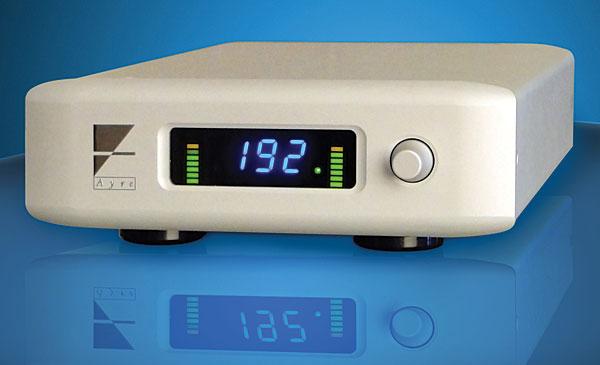| Columns Retired Columns & Blogs |
Hi John.
A nice review on a sort of “untypical” HiFi product (AD Converter) with some very good aspects from Charles Hansen about Digital Filter
Juergen
PS: I have had also the Metric Halo ULN-2, because of the good reputation, but was not happy with the sound and so sold it after 1 month.









































